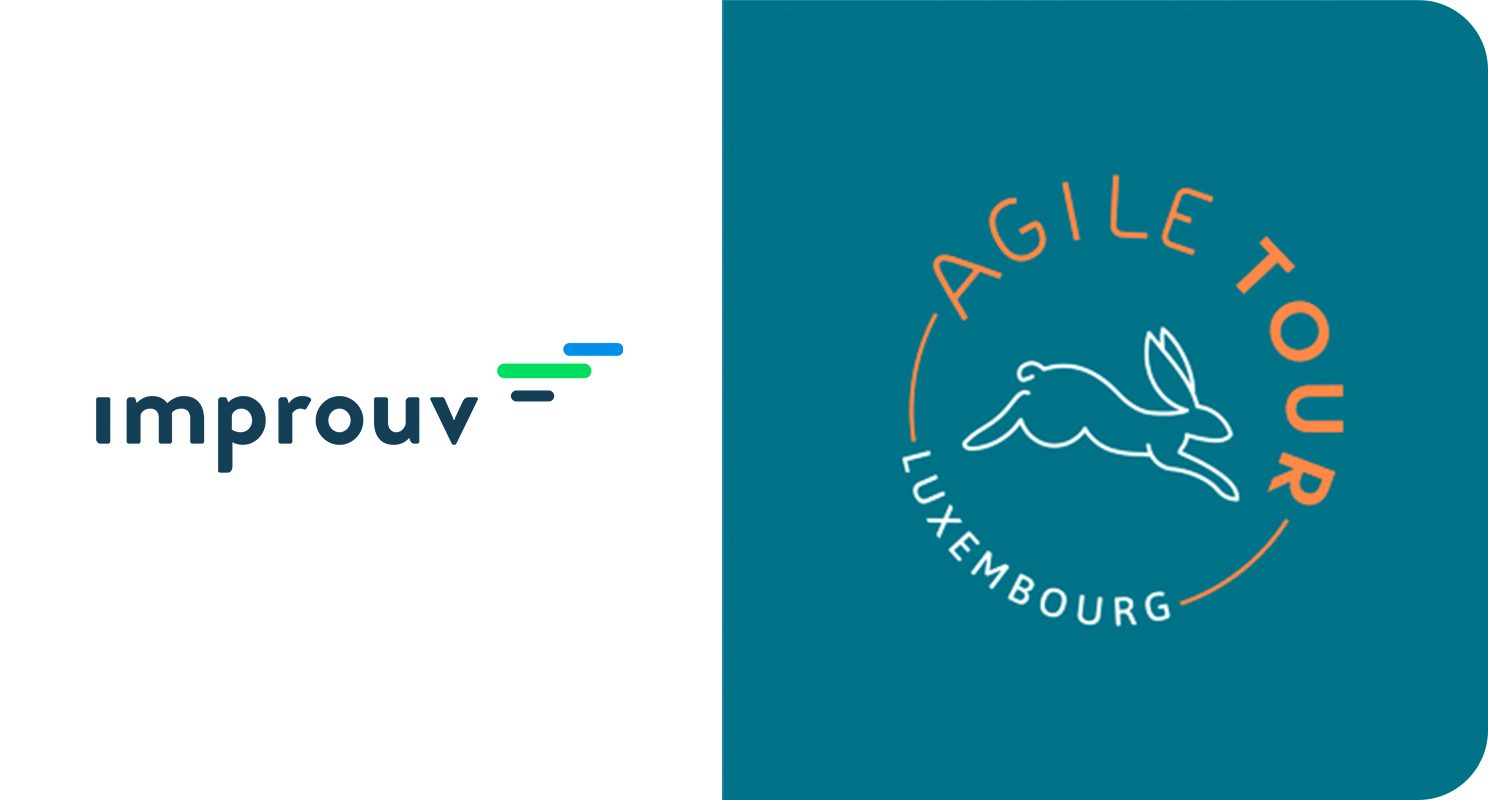In my first blog on intrinsic motivation I talked about the self-determination theory: you need to satisfy the basic human needs for competence, relatedness and autonomy to be intrinsically motivated. In this blog I will introduce the Job Characteristic Model.
Autonomy plays a key role in another model that focuses on motivating people through an optimal design of jobs: the Job Characteristic Model by Hackman and Oldham (1976). They define five core dimensions of work, that lead to psychological states which lead to higher motivation on the job.
The idea is, that it is motivating for a person, if she knows (knowledge of the actual results of the work activities) that she did a good job (experienced responsibility for outcomes of the work) that is important to her (experienced meaningfulness of the work). This positive feedback is motivating to do the best job possible in the future as well.
In order to get to these states a job needs to fulfill five characteristics. I will map them to Scrum in order to highlight, how Scrum can be used to increase motivation:
- Skill variety: In order to get the job done, you need to use different skills and knowledge.
In Scrum this is implemented through the cross-functional team setup. The team is responsible for the development of the entire product which involves all kinds of different skills: concept, architecture, design, implementation and testing. A team member should be a T-Shaped person. Next to the technical skills each team member needs social and communication skills .
- Task identity: This means that you work the whole work package: from start till the end.
In Scrum this concept can be found in the format of user stories. Within one sprint the team develops a feature or a functional part of a feature that in the end can be presented to the customer.
- Task significance: Which consequences do your work results have for the lives of others ? Either within the company or your customers.
In Scrum the most important feedback mechanism to support task significance is the review meeting and close collaboration with the customer in general.
- Autonomy: How much freedom does a person have concerning the way the work is planned and done? The higher the autonomy, the more the work results depend on the worker. This leads to higher responsibility.
In Scrum the self-organizing development team is responsible for planning and development. It owns its process and can decide on improvements in retrospectives.
- Feedback: Can you get proper feedback on your work performance?
In Scrum there are several feedback loops: the daily, the integration of quality within the sprint gives immediate feedback on the quality of you work, review meetings and retrospective meetings.
There are additional, individual factors that do influence your work motivation: Do you have enough knowledge and skills to perform the job? How big is your desire for growth on the job? Are you satisfied with your environment like payment, co-workers, managers, etc.?
These environment factors play an important role in yet another theory on motivation: in Herzberg’s ‘Two-factor theory’. I will talk about it in my next blog.





